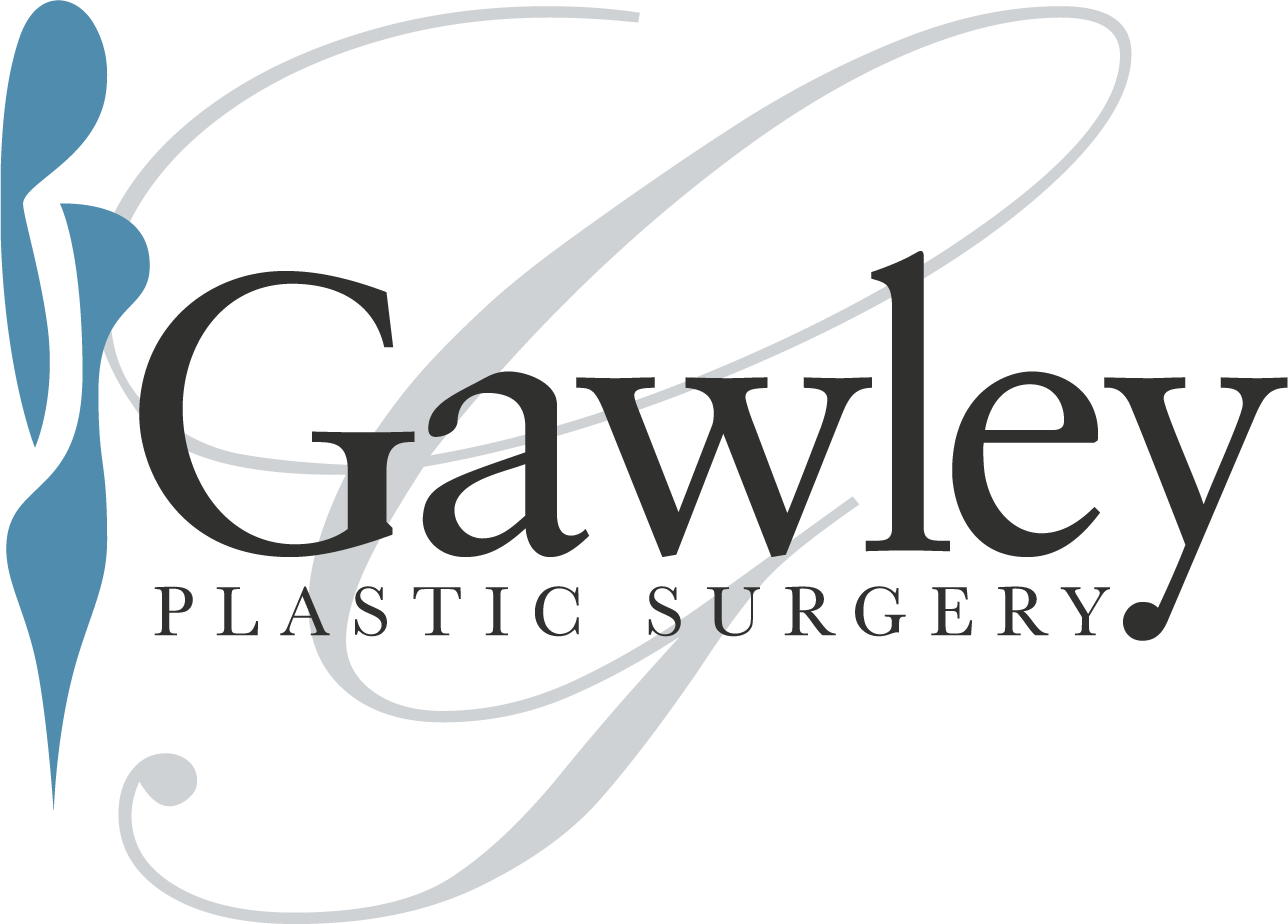Often, surgery forms an essential part of breast cancer treatment. You may ask your surgeon about your options to reconstruct the shape and appearance of your breasts while you heal. This will help you understand your options for breast reconstruction surgery. Here is a quick guide.
What is Breast Reconstruction Surgery?
Breast reconstruction surgery comprises a series of plastic surgery techniques that aim at rebuilding the size, shape, and look of the breasts after a mastectomy. It aims at getting the surgical site to its near-normal appearance and feel.
Who are the Ideal Candidates?
- Anyone who is coping well after a breast cancer diagnosis and treatment
- Anyone free of medical complications or underlying conditions
- Anyone who has realistic expectations about breast reconstruction surgery
When Should You Have the Surgery?
There are two basic options for deciding when to schedule your breast reconstruction surgery.
-
Immediate
Here, the surgery takes place at the same time as the mastectomy. This way, it preserves the breast skin, increasing your chances of a normal-looking breast after the cancer treatment.
-
Delayed
You can delay the surgery until after the cancer treatments. In the meantime, the surgeon places a temporary tissue expander, allowing the skin to stretch in readiness for the reconstruction surgery at a later date.
It is important to delay your surgery if you still have to go for radiation therapy, or if you smoke or have other health problems. More so, if you find it overwhelming to deal with both the cancer treatment and the reconstructive surgery at the same time.
Types of Breast reconstruction surgery
-
Using Implants
Here, the surgeon prepares a saline or silicone gel that is used to create the breast mound. Implants are appropriate at the same time scheduled for a mastectomy. If this is the case, the surgeon will remove the cancerous tissues and replace them with the implants.
-
Using Tissue
Often, the surgeon may ‘borrow’ tissue from the back, tummy, thighs, or even buttocks to rebuild the breast. This tissue flap procedure has a more natural feel and look than implants. Plus, they will adjust to your body shape as you gain or lose weight over time.
Still, flaps take longer to heal. They can cause more scarring, and are not ideal for persons who smoke, have diabetes, or a connective tissue disease.
Recovery
After the surgery, the surgeon places bandages or gauzes at the incision sites. Also, you may have to wear a support bra to minimize the swelling. Further, the doctor will prescribe drugs, pain pumps, or local anesthetics to manage the pain. Then, you have to care for the surgical site for several weeks until it heals.
Risks & Safety
Today’s breast reconstruction surgery is quite safe. But, some patients may experience bleeding, poor healing of the incision areas, or an infection. The implants may rupture or result in somewhat firm breasts. Risks with tissue flap surgery includes loss of sensation to the reconstruction site. In extreme circumstances, the patient may have a partial or complete loss of the flap as her body rejects the ‘borrowed’ tissue.
Schedule a Consultation
As you make decisions regarding your breast reconstruction, talk to your doctor, who will explain all the possible risks. The doctor considers the stage of breast cancer, its characteristics, and the surgeon’s advice. Use this advice to make an informed decision about your health. To schedule a consultation at Gawley Plastic Surgery, call (480) 842-8606.
